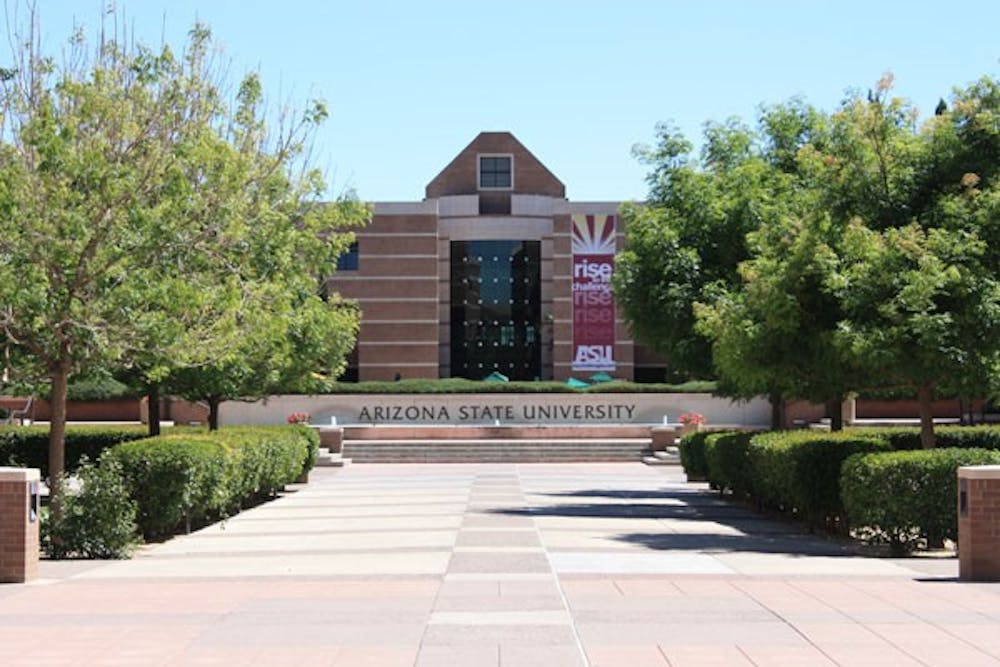ASU boasts the most diverse tenure track of its peer institutions and its own history, leading in both minority faculty members and female faculty members.
Within the University’s faculty, minority members form 23.5 percent and women form 36.7 percent of professorship. To achieve this milestone, academic inclusion vice provost and history professor Eduardo Pagán said administration made a conscious effort to increase diversity as a means to facilitate ideas.
“With diversity comes intellectual diversity — of perspectives and opinions,” he said. “We believe that, as an educational institution, the best route to solving problems is to give everyone a voice at the table so that we collectively can work toward world solutions.”
University officials believe every individual should have access to higher education, Pagán said.
“One of our key goals as an institution is the idea of access and opportunity for everyone,” he said. “We have an underserved population and one of the things that we can do as an institution to help is provide mentors, role models and those who guide the journeys of those we invite to campus.”
Academic personnel vice provost and physics professor Barry Ritchie said a diverse faculty leads to a diverse student body.
“About 40 percent of our student body comes from Pell Grant eligible backgrounds,” he said. “That is wonderful that we are the dream machine for people who have come from backgrounds that, a generation ago, would have opportunities closed off from them.”
Ritchie said ASU is a more successful institution because it seeks proficiency from varying backgrounds.
“When people search for excellence wherever it might be, they’re more successful,” he said. “We’re a much better university than we were 30 years ago, and part of the reason why we’re a better university is because we have listened. We will go wherever excellence is.”
This quest for excellence incorporates the values of ASU’s New American University program, Ritchie said.
“Those core values — excellence, access and impact — form our hiring policy,” he said. “They (create) the path for ASU to be known not for whom we exclude, but whom we include and how they succeed.”
Because most public universities generally have less diversity than community colleges, Rebecca Tsosie, an academic inclusion associate vice provost and law professor, said ASU should uphold a new standard for public education.
“I think that any very large public university like ASU has a responsibility to be inclusive to the people who comprise this (state),” she said. “I would hope that we continue to grow the diversity of the faculty so that we actually are representative of the society we serve.”
Although ASU has increased its numbers in minority and female faculty members, Tsosie said there is always room for improvement.
“I think that the leadership (diversity), such as with administrators and deans, is very important,” she said. “I think the administration would be a wonderful (area) to increase the diversity of who leads and who has responsibility.”
However, the importance of faculty diversity stems from more than a quota, Tsosie said.
“The numbers are only one part of our inclusion, and only one part of the story,” she said. “What makes it meaningful (is) … how the participation of diverse faculty members contributes to the success of the institution.”
Reach the reporter at aplante@asu.edu or follow @aimeenplante on Twitter.
Like The State Press on Facebook and follow @statepress on Twitter.





